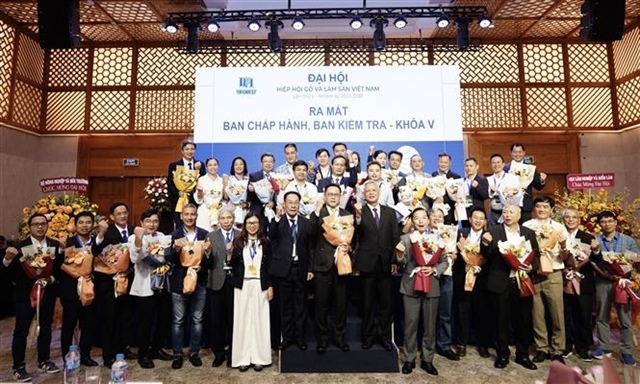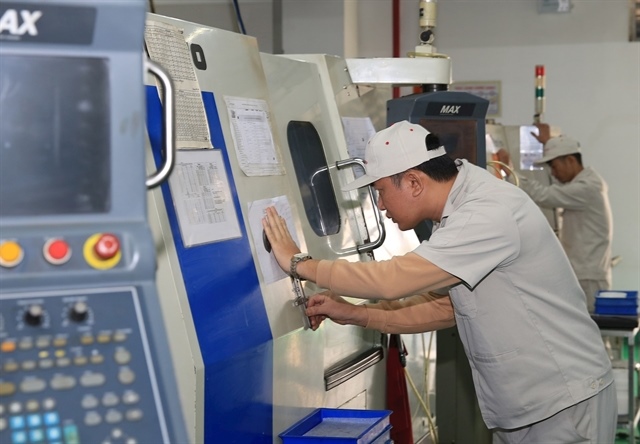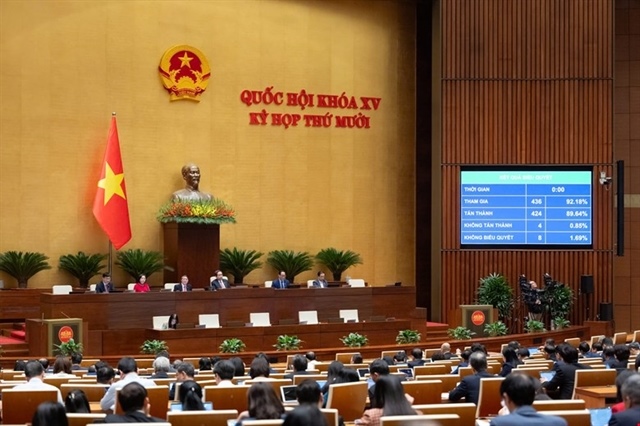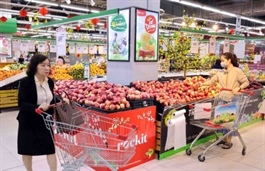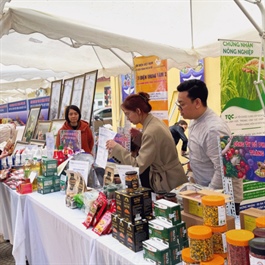Paint and printing ink firms advised to draw up effective business strategies
Paint and printing ink firms advised to draw up effective business strategies
Paint and ink firms need to draw up effective business strategies to cope with harsh competition in prices and quality from foreign rival companies, trade experts have suggested.
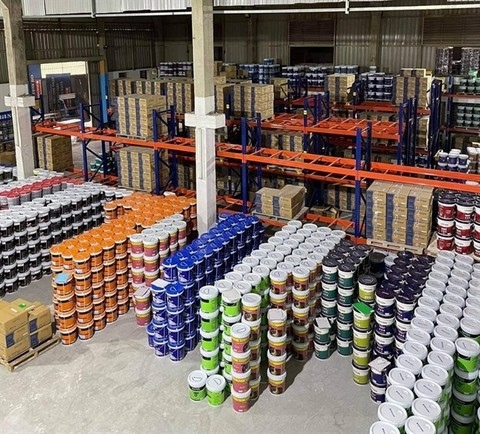
A Nasun Group paint factory. — Photo baoxaydung.com.vn |
Vương Bắc Đẩu, deputy chairman of the Việt Nam Paint and Printing Ink Association, said that Việt Nam is one of the potential locations that foreign investors are targeting to move their manufacturing facilities from China, including those in paint and printing ink industries.
This will not only open up opportunities and challenges for domestic businesses as enterprises in some neighbouring countries such as China will also shift their production bases to Việt Nam, the vice chairman told vnbusiness.vn.
He said that Việt Nam's printing ink firms, especially in the offset printing sector, have been encountering many difficulties due to their dependence on imported raw materials and competitive pressure from other enterprises in the region.
Competitive pressure comes not only from technology but also from output as foreign competitors have strong financial capacities so domestic enterprises cannot compete, he said.
Meanwhile, the biggest challenge that enterprises in the wood paint segment are facing is that their scale and production output can not be compared with that of Chinese manufacturers, resulting in their failure to hold a large market share, Đẩu said.
Phạm Trung Hiếu, Chairman of HF Group JSC in Hà Nội, said that amid fierce competition in the local market, if enterprises increase product prices, they will lose their market share.
Meanwhile, input raw materials are directly affected by the unstable situation in the world. For example, the price of Titanium Dioxide - a white pigment used in over 90 per cent of paint products - has surged from 10-15 per cent while that of acrylic resin - a common ingredient in latex paint - has also increased.
At the same time, the policy stage should also be more open to help remove difficulties for domestic enterprises in this industry from problems of accessing loans, creating market advantages for key sectors related to the paint and printing ink industry.
In this context, besides the firms' efforts, support from the Government is also necessary, trade experts said.
State's policies should also be more open to help remove difficulties for domestic enterprises in this industry from accessing loans, creating market advantages for key segments related to the paint and printing ink industries.
The painting industry recorded negative growth last year, with output decreasing by 10-35 per cent due to a stagnant property market. The printing ink industry also witnessed a decrease of 10-15 per cent in output last year, Đẩu said.
This year the painting industry has shown signs of recovery thanks to the Government’s efforts to mitigate difficulties in terms of funding and boost the property market, he said, adding that wood paints and industrial paints are expected to grow by 20 per cent.
Decorative paints, electrostatic powder paints and coil paints will see a modest recovery of around 10 per cent. The printing ink industry is showing signs of recovery and is expected to grow by 10 per cent.


